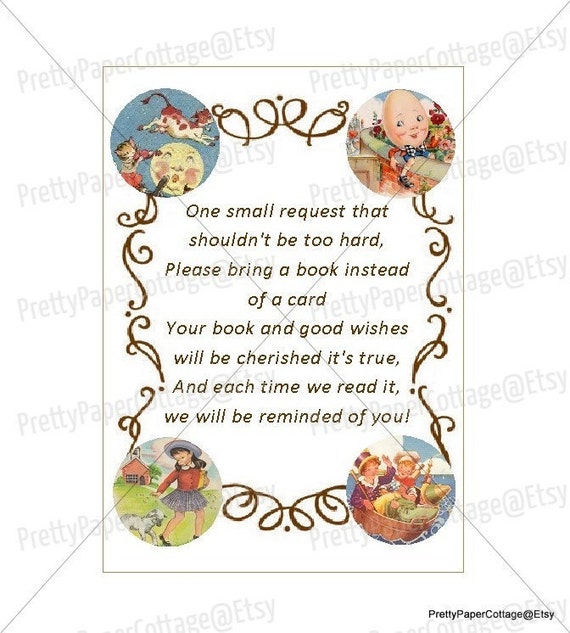
Baby Rhymes: A Journey into the World of Early Language Development
In the realm of early childhood development, baby rhymes hold a cherished place, serving as a cornerstone for language acquisition and cognitive growth. These rhythmic and melodic utterances, often accompanied by playful gestures, provide infants and toddlers with a rich tapestry of linguistic experiences that shape their understanding of the world around them.
The Power of Rhythm and Rhyme
The rhythmic and rhyming nature of baby rhymes is a key factor in their effectiveness. The repetition of sounds and patterns creates a predictable and engaging environment for young learners. This predictability allows infants to anticipate what comes next, fostering their ability to recognize and produce language.
Rhyme, in particular, plays a crucial role in developing phonological awareness, the ability to identify and manipulate the sounds of language. By exposing infants to rhyming words, baby rhymes help them distinguish between similar sounds and develop an understanding of the sound structure of their native language.
Language Acquisition and Vocabulary Expansion
Baby rhymes are a treasure trove of language, introducing infants to a wide range of words and phrases. Through repeated exposure, children begin to recognize and comprehend these words, expanding their vocabulary and laying the foundation for future language development.
Moreover, baby rhymes often incorporate gestures and actions, which enhance the learning experience. By associating words with physical movements, infants can better understand their meaning and develop a deeper connection to language.
Cognitive Development and Social Interaction
Beyond language acquisition, baby rhymes also contribute to cognitive development. The repetitive nature of rhymes helps infants develop their memory and attention skills. Additionally, the playful and interactive aspect of baby rhymes fosters social interaction between caregivers and children, promoting bonding and communication.
Cultural Heritage and Tradition
Baby rhymes have been passed down through generations, carrying with them cultural traditions and values. They reflect the beliefs, customs, and experiences of different societies, providing children with a glimpse into their heritage.
Types of Baby Rhymes
The world of baby rhymes is vast and diverse, encompassing a wide range of types and styles. Some of the most common include:
- Nursery Rhymes: These classic rhymes, such as "Humpty Dumpty" and "Twinkle, Twinkle, Little Star," have been enjoyed by children for centuries.
- Action Rhymes: These rhymes involve physical movements, such as "Itsy Bitsy Spider" and "Pat-a-Cake."
- Lullabies: Soothing and calming rhymes, such as "Rock-a-bye Baby" and "Hush, Little Baby," are often used to help infants fall asleep.
- Counting Rhymes: These rhymes introduce children to numbers and counting, such as "One, Two, Buckle My Shoe" and "Five Little Monkeys."
- Animal Rhymes: Rhymes that feature animals, such as "Old MacDonald Had a Farm" and "The Itsy Bitsy Spider," help children learn about different animals and their sounds.
Benefits of Baby Rhymes
The benefits of baby rhymes are numerous and far-reaching. They include:
- Enhanced language development: Baby rhymes promote vocabulary expansion, phonological awareness, and language comprehension.
- Cognitive growth: They foster memory, attention, and problem-solving skills.
- Social interaction: Baby rhymes encourage bonding and communication between caregivers and children.
- Cultural enrichment: They introduce children to cultural traditions and values.
- Emotional regulation: Soothing rhymes, such as lullabies, can help infants regulate their emotions and promote relaxation.
Using Baby Rhymes Effectively
To maximize the benefits of baby rhymes, it is important to use them effectively. Here are some tips:
- Start early: Introduce baby rhymes to infants as early as possible, even before they can understand the words.
- Be interactive: Engage with infants while reciting rhymes, using gestures, facial expressions, and sound effects.
- Repeat often: Repetition is key for language acquisition. Repeat rhymes frequently to help infants learn and remember them.
- Vary the rhymes: Use a variety of rhymes to expose infants to different words, sounds, and concepts.
- Make it fun: Baby rhymes should be enjoyable for both infants and caregivers. Create a playful and engaging atmosphere.
Conclusion
Baby rhymes are an invaluable tool for early childhood development. Their rhythmic and rhyming nature, rich language content, and playful interactions contribute to language acquisition, cognitive growth, social interaction, cultural enrichment, and emotional regulation. By incorporating baby rhymes into their daily routines, caregivers can provide infants with a foundation for lifelong learning and success.
